30 Terrible Cooking Mistakes You Don’t Want To Make
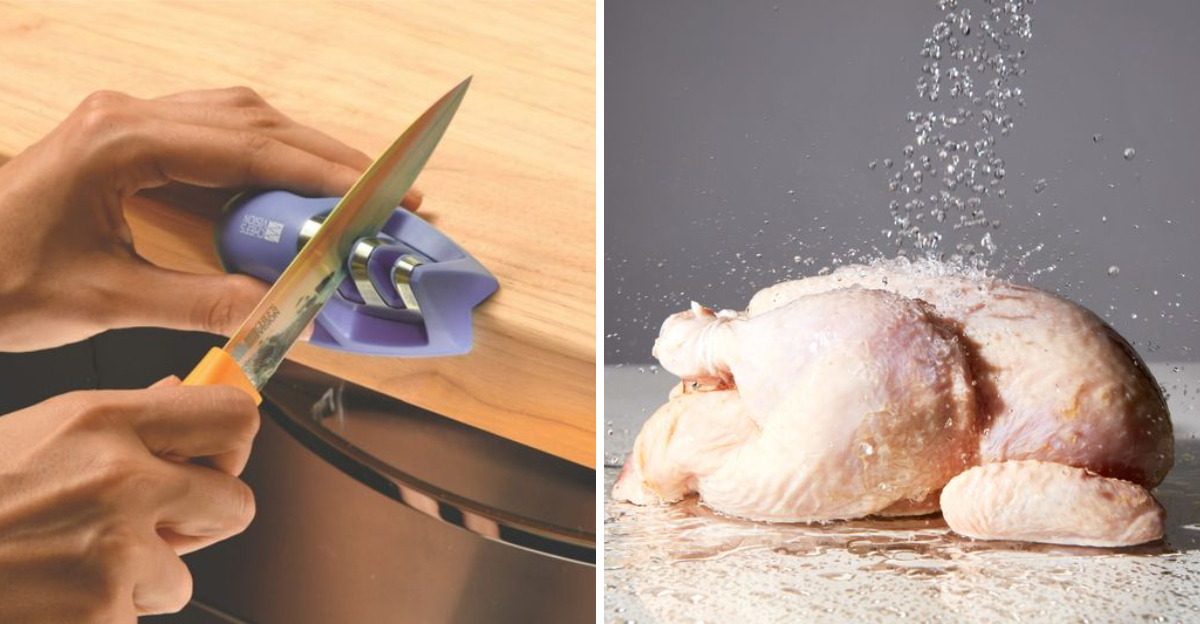
Cooking is an art, and even the best chefs can make mistakes. Avoid these common cooking blunders to take your culinary skills to the next level.
1. Not Reading the Recipe First
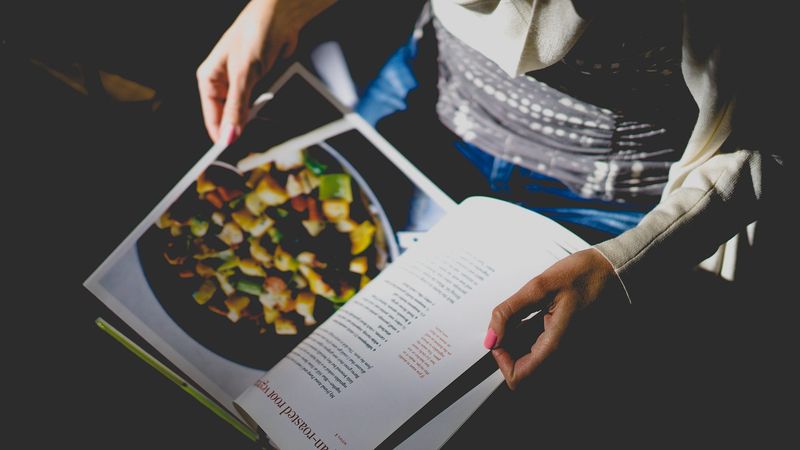
Rushing into cooking without reading the recipe can lead to disastrous results. Imagine halfway through your dish, you realize you missed a step or lack an essential ingredient. Skimming is not enough; every detail counts. To avoid disappointment, take a few moments to thoroughly read the entire recipe before starting.
2. Overcrowding the Pan
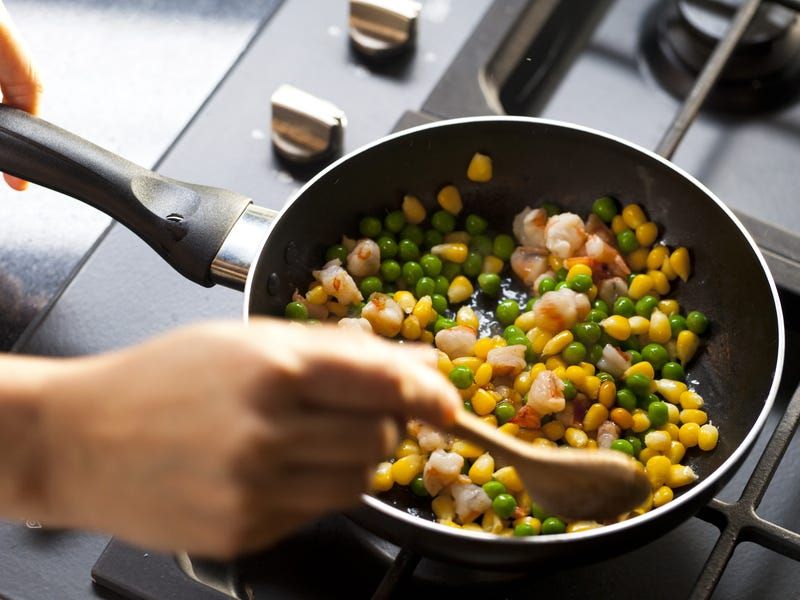
Ever wondered why your food doesn’t achieve the perfect sear? Overcrowding the pan is a common mistake that leads to steaming instead of the desired crispiness. Each piece needs room to breathe and cook evenly. Use multiple pans or cook in batches for the best results.
3. Using Dull Knives
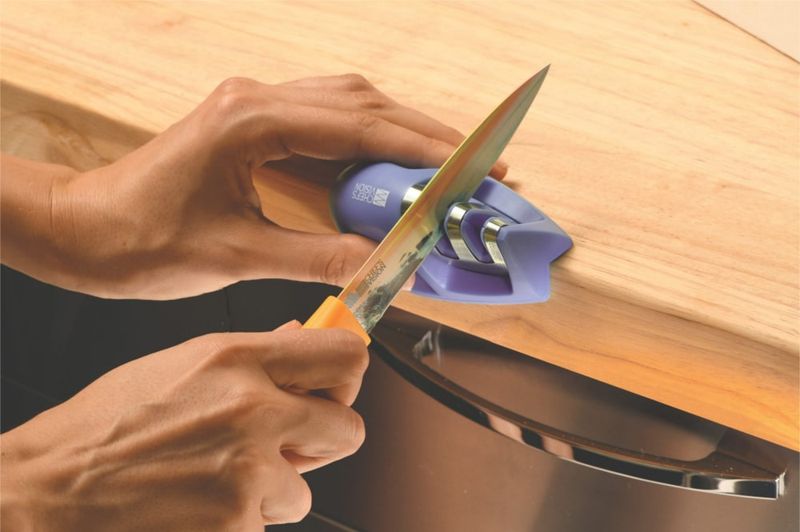
A dull knife is not only inefficient but also dangerous. It requires more force, leading to possible slips and injuries. Sharp knives make precise cuts and preserve the texture and taste of ingredients. Regularly sharpen your knives to enhance safety and efficiency.
4. Salting at the Wrong Time
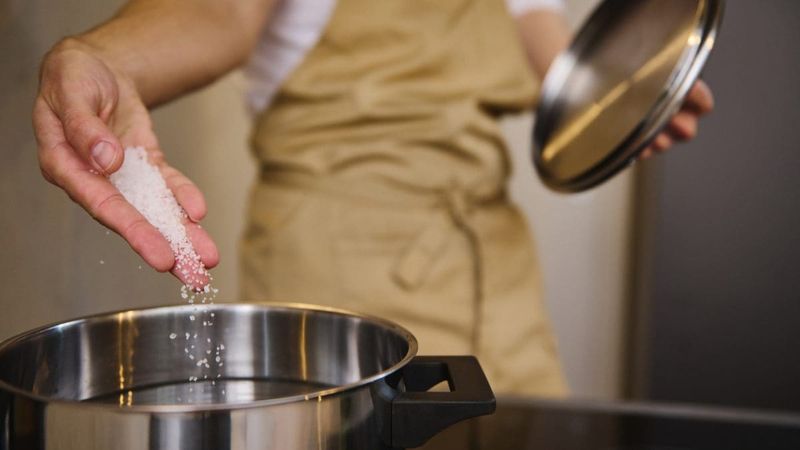
Salt is a vital seasoning but timing is everything. Adding it too early can draw out moisture, while too late results in superficial flavor. Balance is key; salt wisely to enhance the natural taste of your ingredients. Experiment with timing to find what works best for your dish.
5. Not Preheating the Oven or Pan
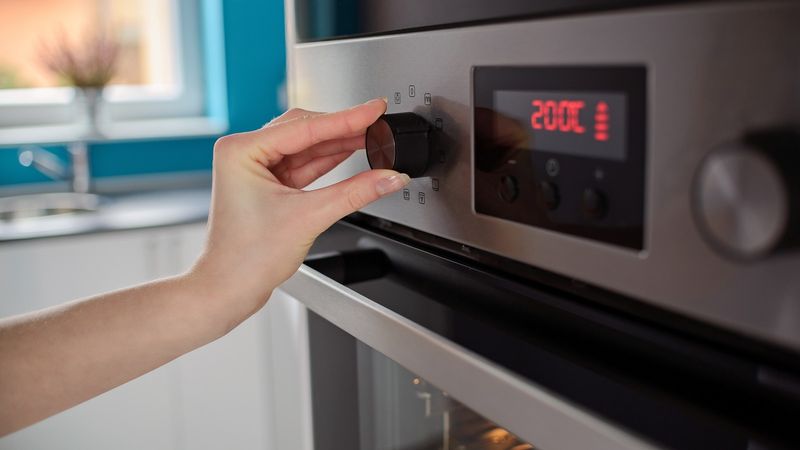
Starting with a cold oven or pan leads to uneven cooking, affecting the texture and taste of your dish. Preheating ensures even heat distribution and better results. Allocate extra minutes for your oven or pan to reach the desired temperature before cooking.
6. Guessing Measurements
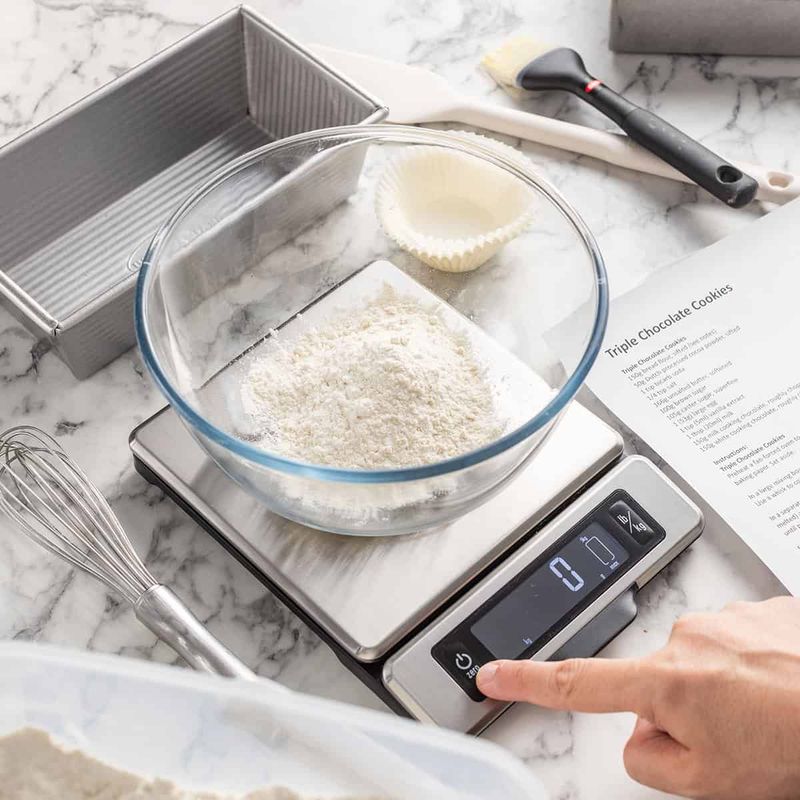
Guessing measurements in cooking, especially in baking, often ends in disaster. Precision is crucial for achieving the right flavor and texture. Invest in quality measuring tools and follow the recipe closely to ensure success. Proper measurement can make or break a dish.
7. Forgetting to Taste as You Go
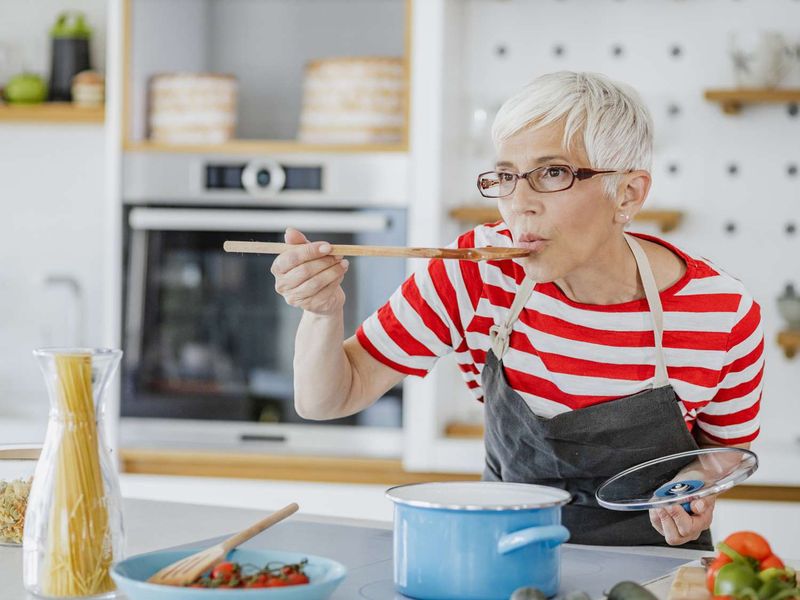
Waiting until the end to taste your dish can lead to unsatisfactory results. Tasting as you go allows for timely adjustments to seasoning and flavor. It’s an ongoing process that helps refine and perfect your dish, ensuring a delightful culinary experience.
8. Overcooking Pasta
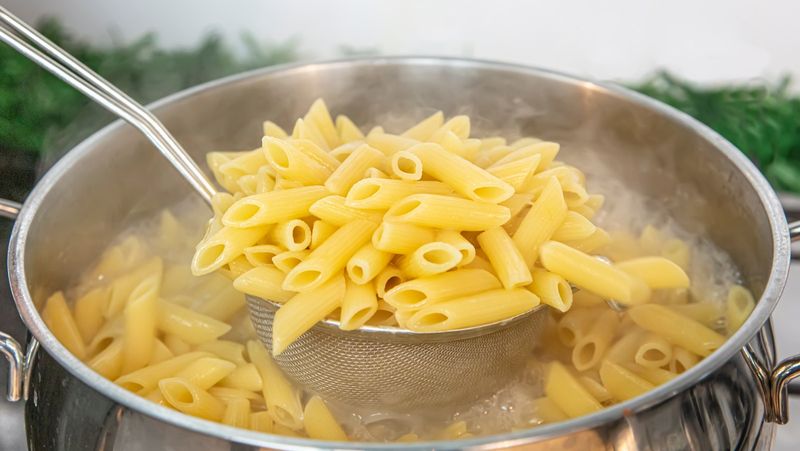
Overcooked pasta is mushy and lacks the ideal texture to complement sauces. Achieving al dente perfection requires careful timing and tasting. Set a timer and test pasta for doneness to ensure it’s cooked to the right consistency for your dish.
9. Underseasoning Everything
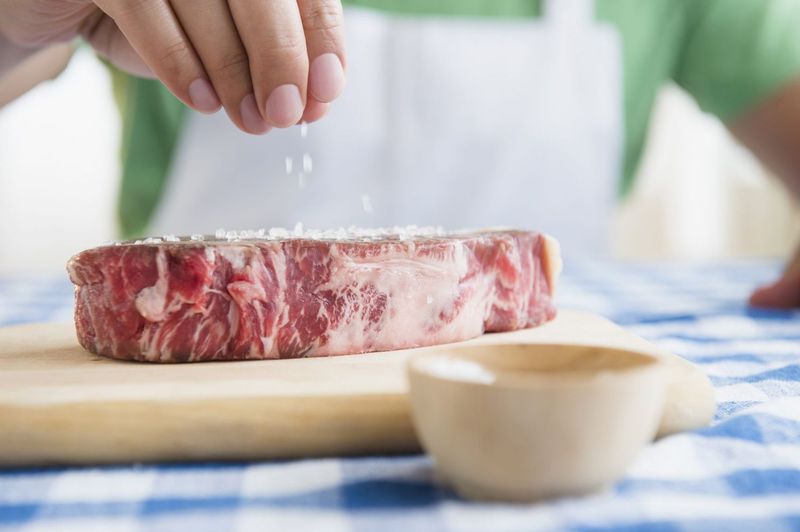
Fear of over-seasoning often leads to bland meals. Seasoning in layers, starting from the base, enhances flavor complexity. Don’t shy away from adding a finishing touch of salt or spices, as they can make a significant difference in your dish’s taste.
10. Relying on the Wrong Oil for High Heat
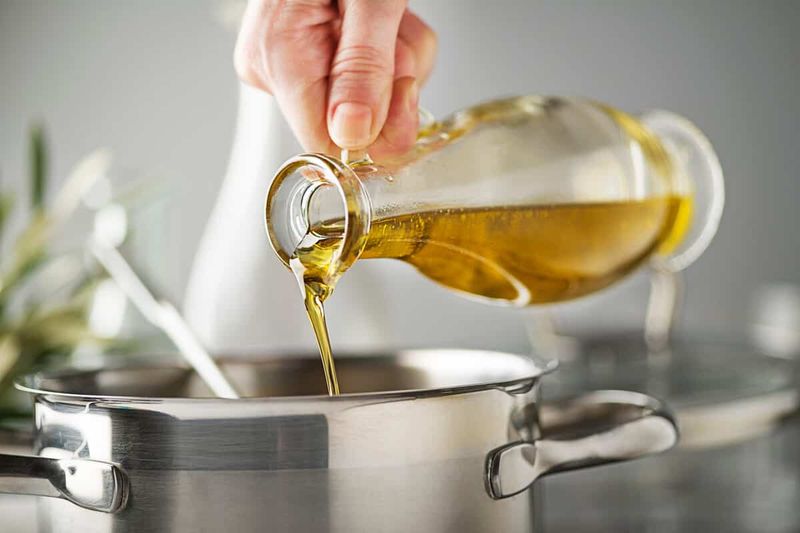
Choosing the wrong oil can ruin your dish. Butter and olive oil have low smoke points and burn easily. Opt for oils like avocado or grapeseed when cooking at high heat. This ensures your food cooks properly without unwanted burnt flavors.
11. Overmixing Batter or Dough
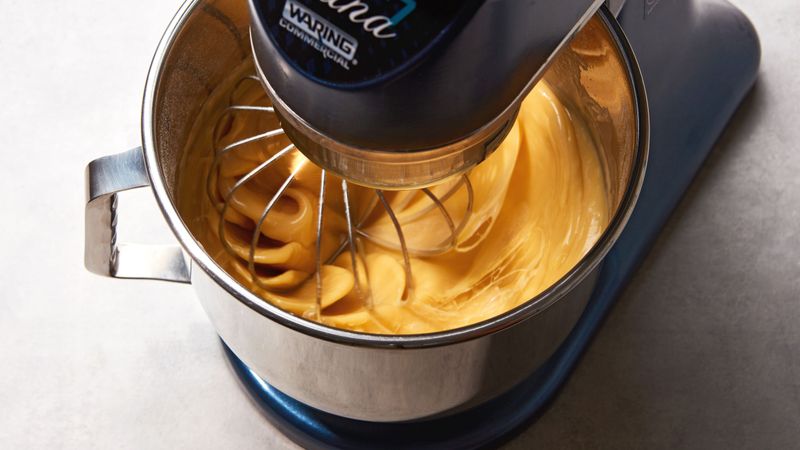
Overmixing batter or dough leads to tough, dense baked goods. It’s important to mix just until ingredients are combined. This preserves the desired light and airy texture. Pay attention to the instructions to avoid overworking your mixture.
12. Using Nonstick Pans on High Heat
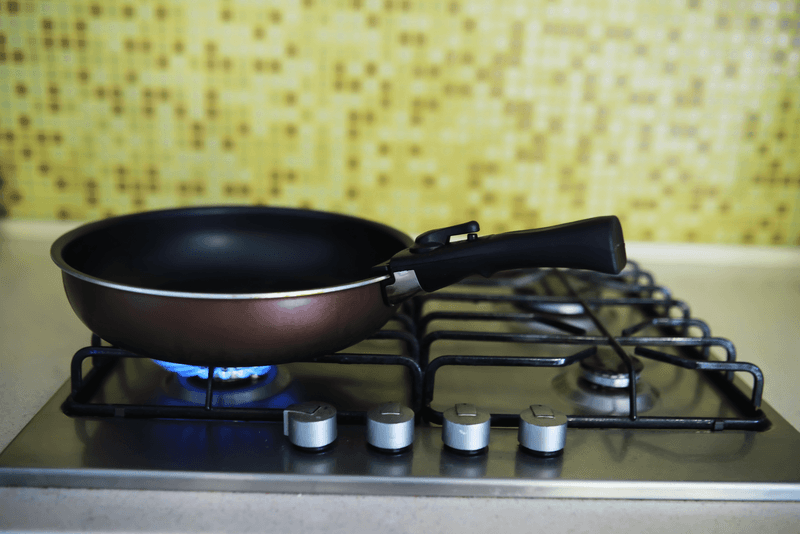
Nonstick pans degrade quickly under high heat, releasing harmful fumes. They’re best used for low to medium heat cooking. For searing, opt for cast iron or stainless steel pans to avoid damaging your cookware and ensure safe cooking practices.
13. Flipping Meat Too Early
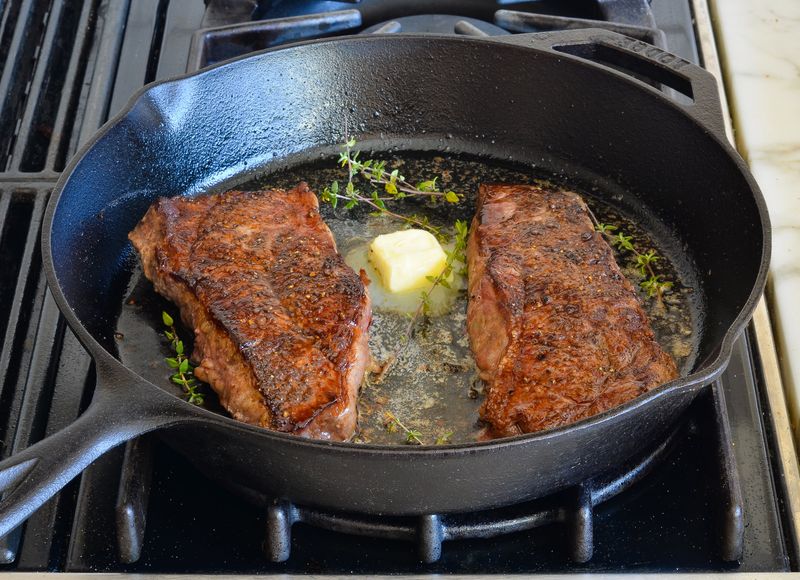
Patience is key when searing meat. Flipping too early can cause the meat to stick and tear. Wait until it naturally releases from the pan for the perfect sear and texture. This simple patience results in a beautifully cooked piece of meat.
14. Not Letting Meat Rest
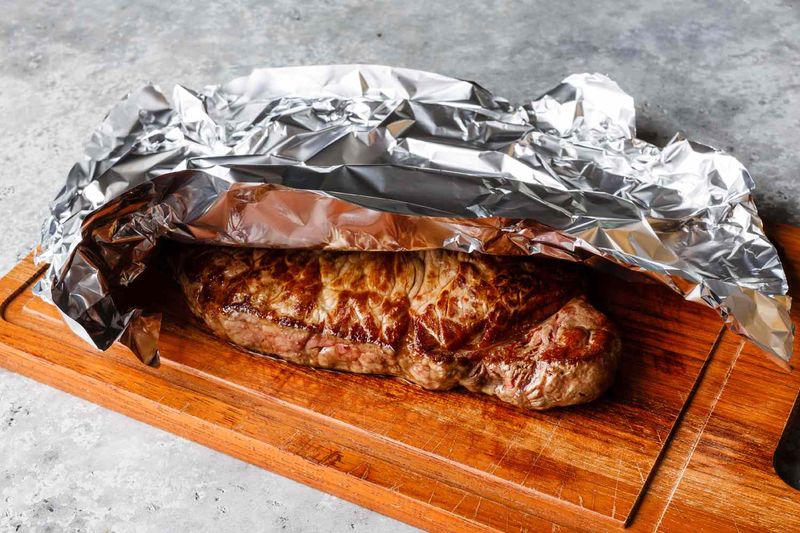
Cutting into meat immediately may seem tempting, but it causes juices to escape. Allowing meat to rest ensures it reabsorbs the juices, resulting in a succulent and flavorful dish. Patience pays off with perfectly tender and juicy meat.
15. Washing Raw Chicken
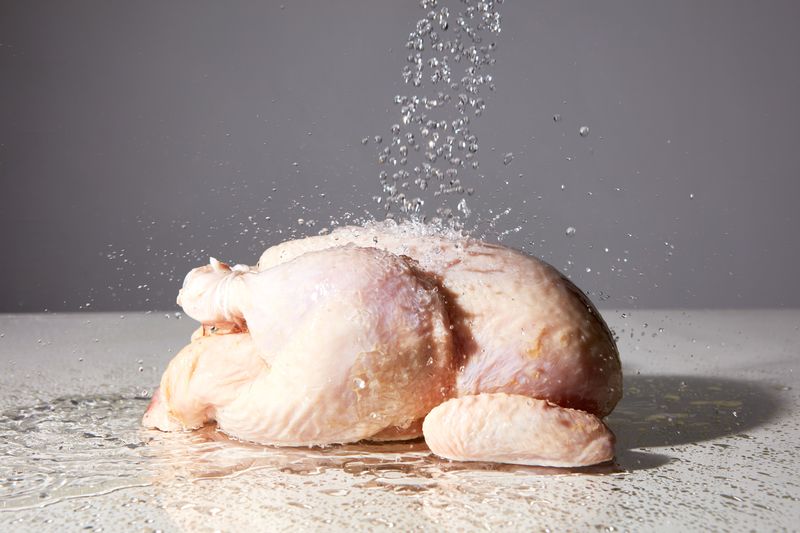
Washing raw chicken spreads bacteria, increasing the risk of contamination. Pat it dry and season instead. Cooking will kill the bacteria, ensuring safety and flavor. Remember, washing does more harm than good in this case.
16. Neglecting Mise en Place
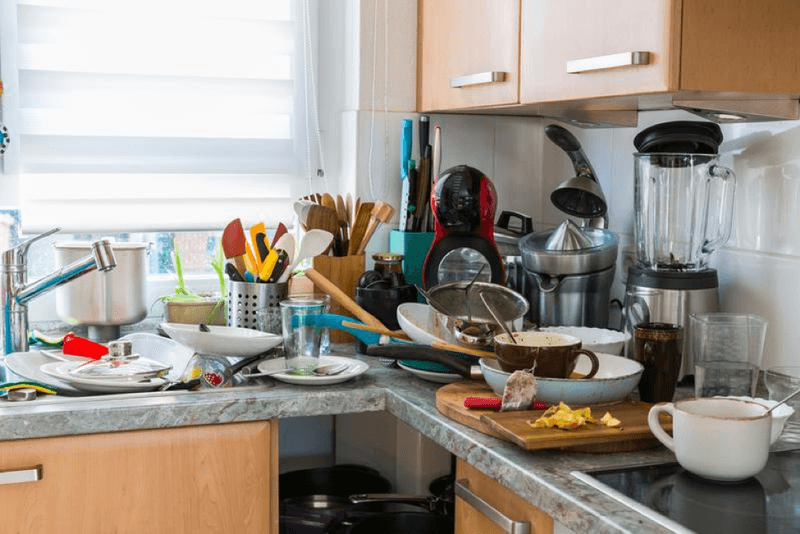
Mise en place, or pre-preparation, is crucial for efficient cooking. Having all ingredients chopped and ready streamlines the process, reducing stress and the likelihood of mistakes. Organizing your workspace leads to a smooth and enjoyable cooking experience.
17. Opening the Oven Constantly
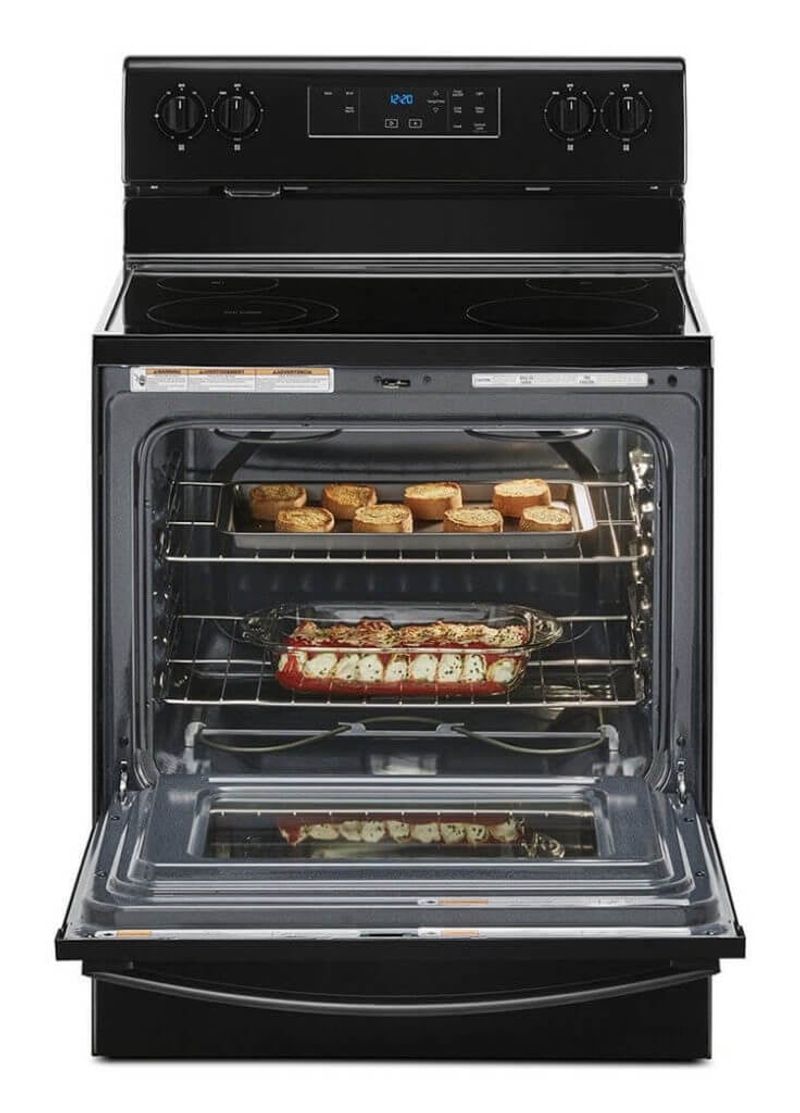
Constantly opening the oven door leads to temperature fluctuations, affecting cooking time and results. Use the oven light and window to check on your dish, preserving the ideal cooking environment for consistent and delicious outcomes.
18. Ignoring the Power of Acid
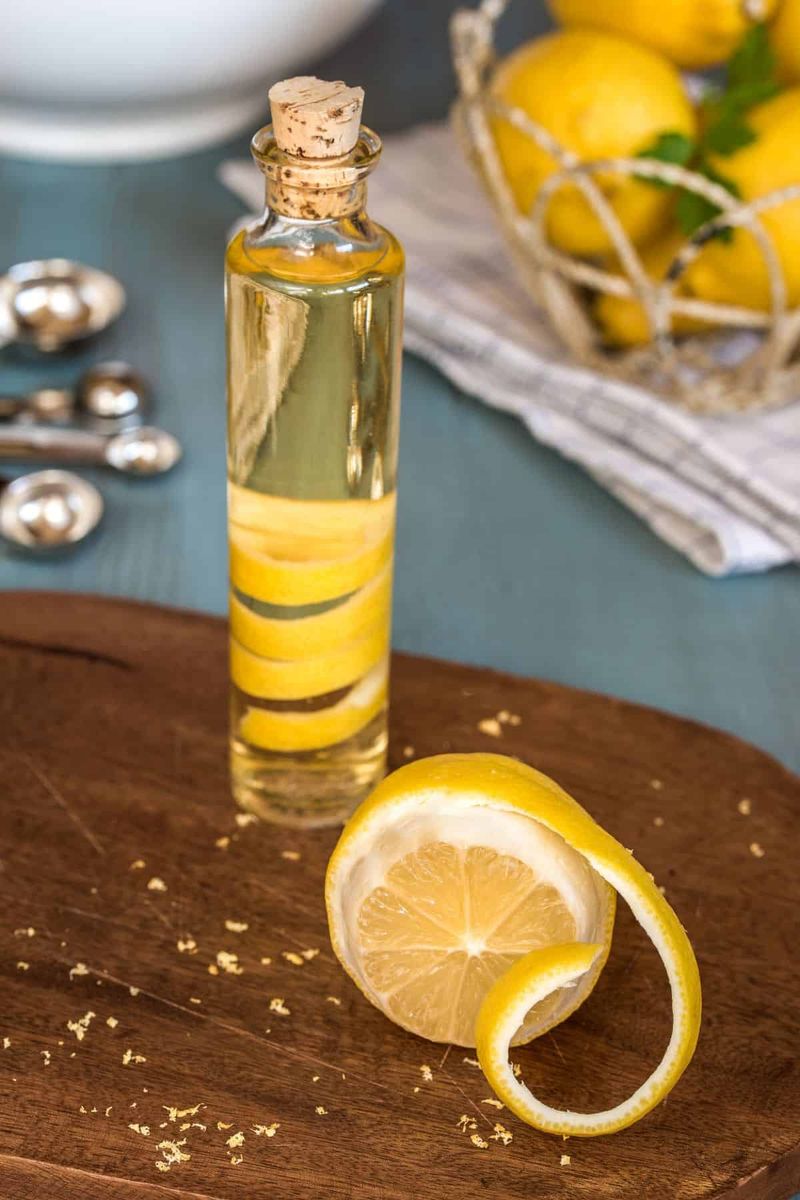
Acidic ingredients like vinegar and lemon juice provide a bright, refreshing finish to dishes. They balance flavors and enhance ingredients. Don’t underestimate the impact a splash of acid can have in elevating your culinary creations.
19. Using Wet Vegetables in a Stir-Fry
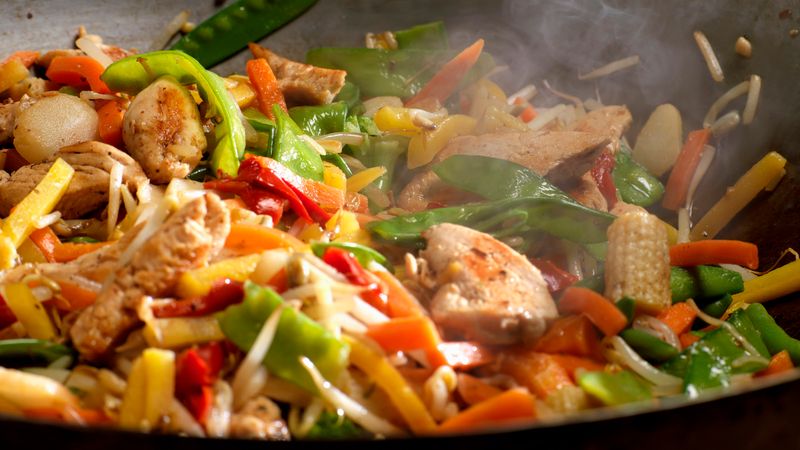
Moisture in vegetables can lead to soggy results, especially in stir-fries. Dry your veggies thoroughly before cooking to achieve the desired crispness and texture. Proper preparation ensures a successful and satisfying stir-fry experience.
20. Boiling Instead of Simmering
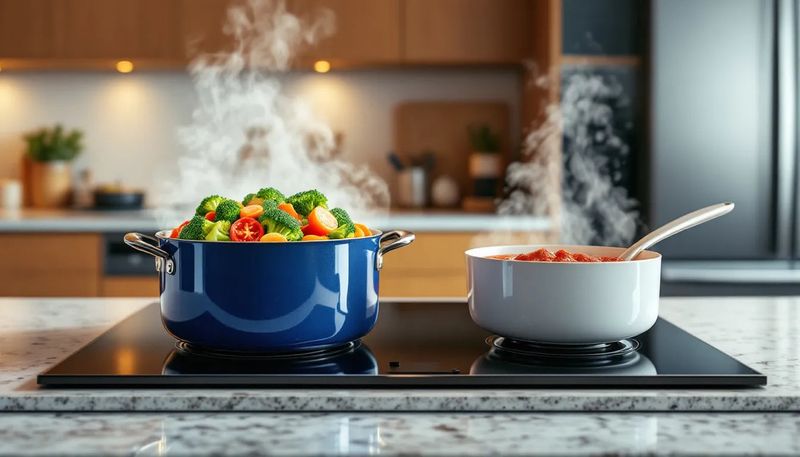
Aggressive boiling can ruin the texture and flavor of soups, sauces, and stocks. Gentle simmering allows flavors to meld and develop. Control your heat to perfect your dishes, preserving their intended taste and consistency.
21. Skipping the Thermometer
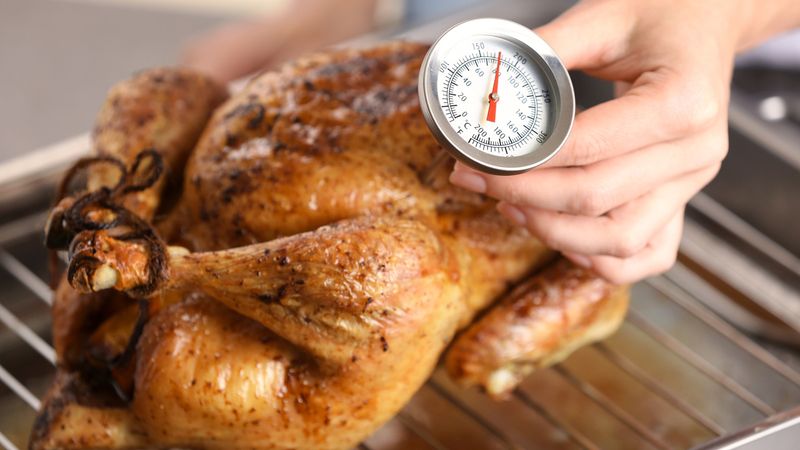
Relying on guesswork for meat doneness can lead to overcooked or undercooked results. A simple thermometer provides accuracy, ensuring perfect doneness and food safety. It’s a small investment for consistently excellent culinary outcomes.
22. Using Expired Spices
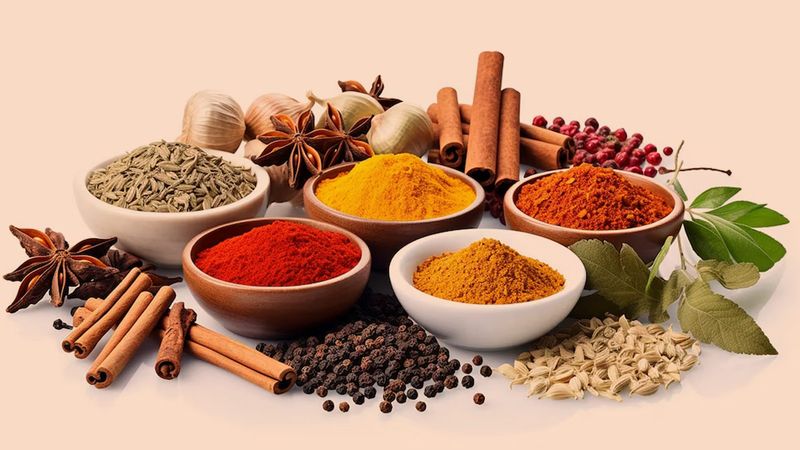
Spices lose their potency over time, leading to lackluster flavors. Refresh your spice collection regularly to keep your dishes vibrant and aromatic. Check expiration dates and replace old spices to maintain the freshest seasoning possible.
23. Using the Wrong Cutting Board
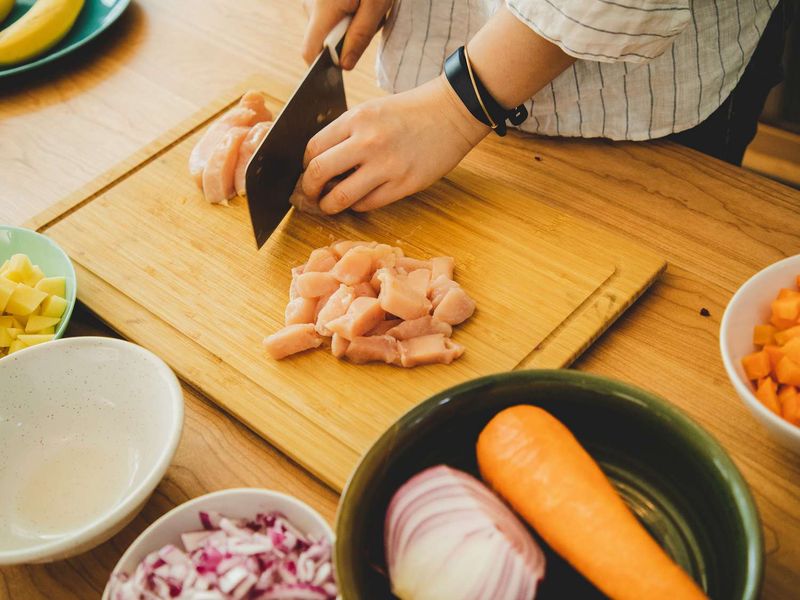
Different cutting boards serve different purposes. Using a wooden board for raw meat can lead to contamination. Opt for plastic boards for proteins and wood for produce to ensure safe and hygienic food preparation.
24. Cooking with Cold Ingredients

Cold ingredients can disrupt cooking times and textures. Allow them to come to room temperature before cooking for even results. This small adjustment can significantly improve the quality and consistency of your dishes.
25. Not Scraping the Fond
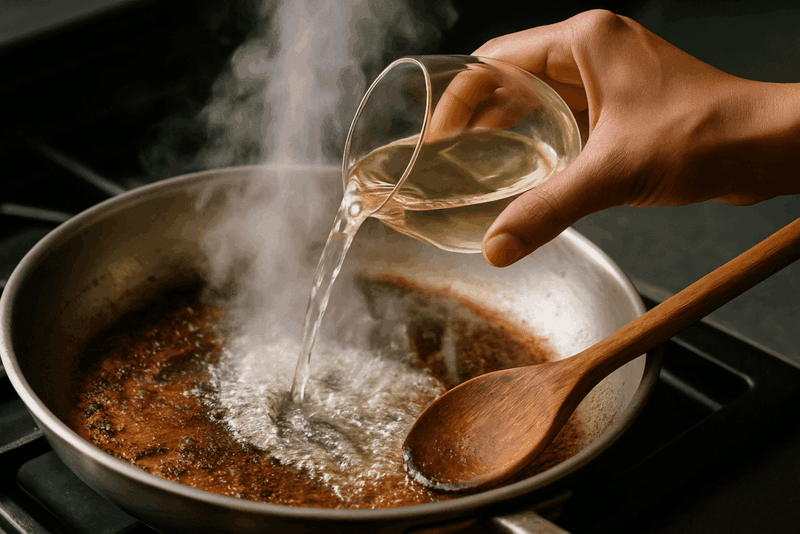
Fond, the browned bits at the bottom of the pan, is packed with flavor. Deglazing with stock or wine incorporates these flavors into sauces and gravies, enriching your dishes. Don’t miss out on this culinary goldmine.
26. Using the Wrong Pot Size
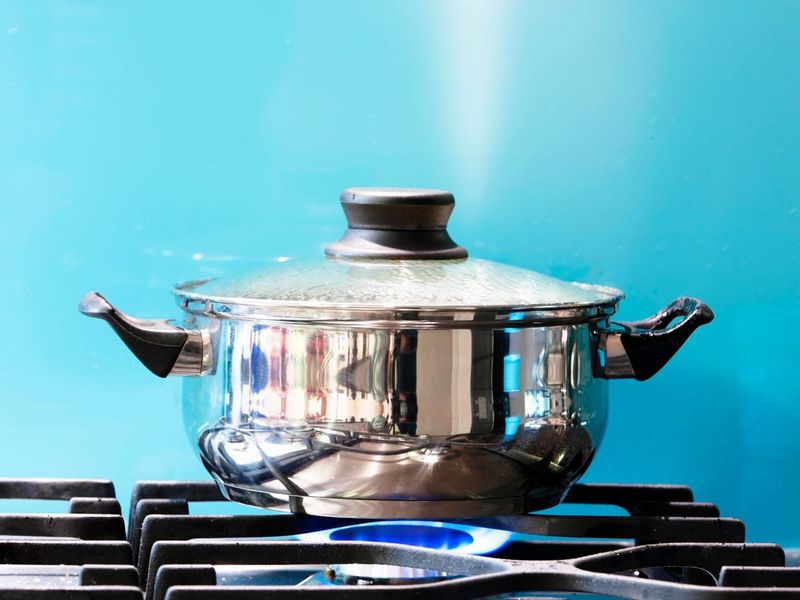
Choosing the right pot size is crucial for successful cooking. Too small and you risk boil-overs; too large and heat distribution suffers. Select cookware that matches your dish to ensure even cooking and avoid kitchen mishaps.
27. Using Water to ‘Fix’ a Dish
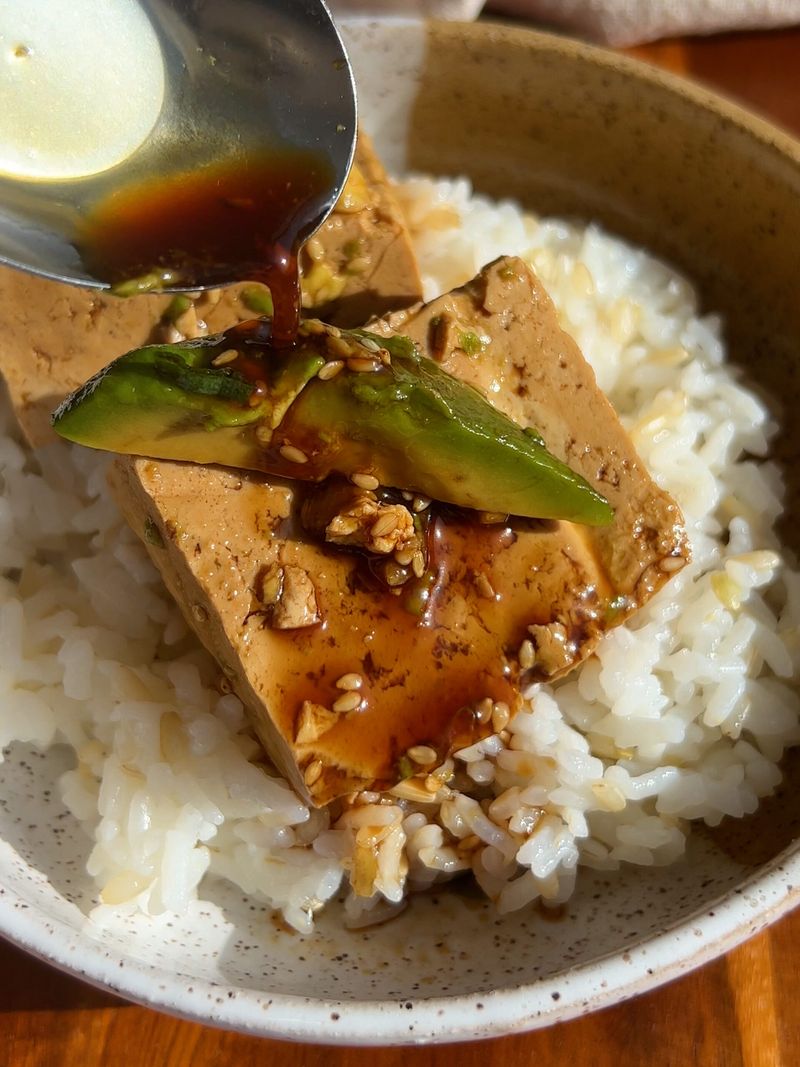
Using water to adjust a dish often dilutes flavor. Opt for broth, juice, or wine to preserve and enhance taste. Thoughtful adjustments maintain the intended richness of your culinary creations.
28. Forgetting Texture Matters
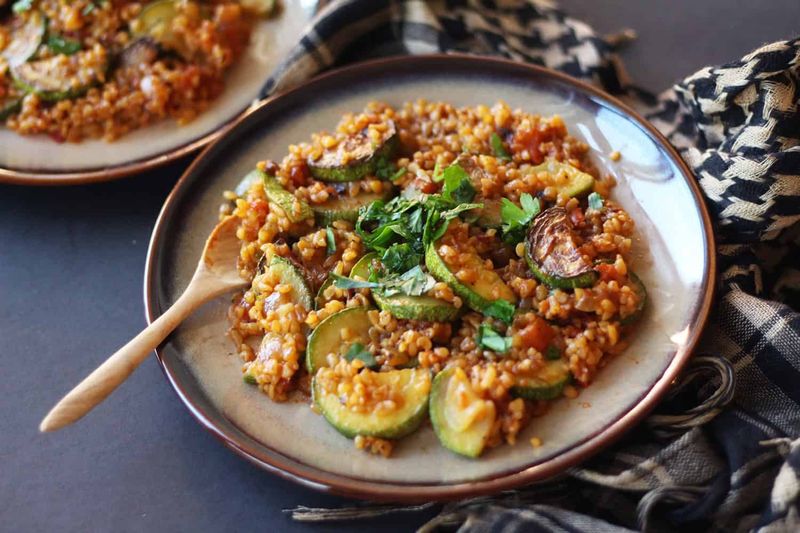
A dish’s texture is as important as its flavor. Balance crunchy, creamy, and chewy elements for a satisfying eating experience. Thoughtful textural contrasts elevate the overall enjoyment of your dishes.
29. Ignoring Clean-Up as You Go
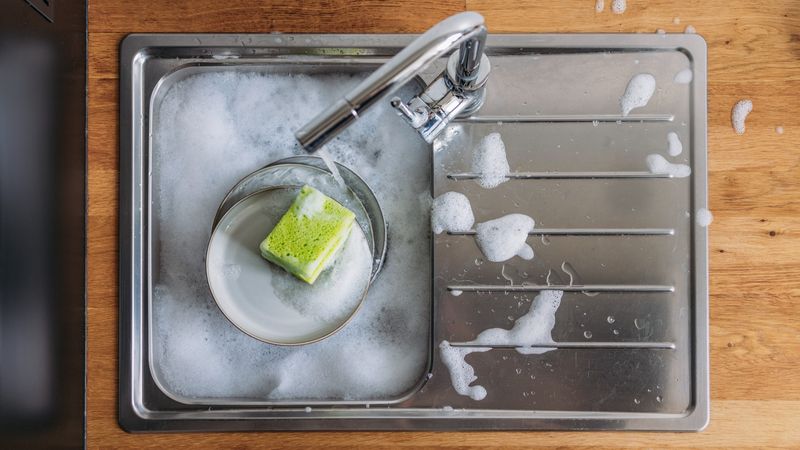
A cluttered workspace can lead to mistakes and stress.
30. Ignoring Ingredient Temperatures
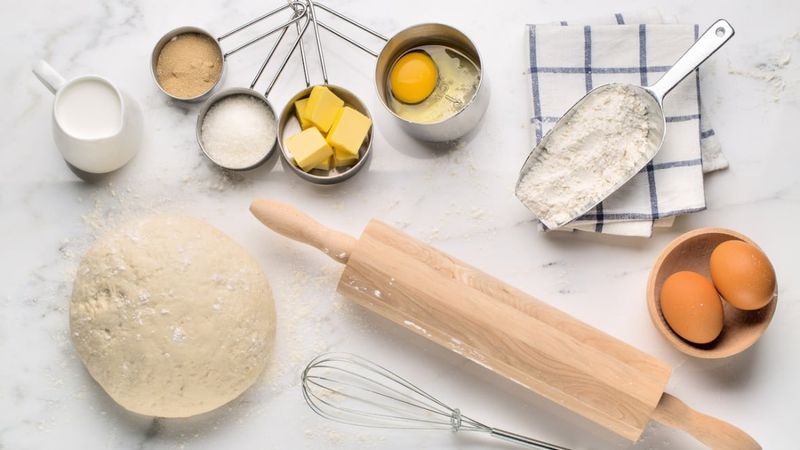
Butter too firm? It won’t cream properly, leading to dense baked goods. Eggs straight from the fridge? Expect uneven cooking. Many recipes assume room temperature ingredients for a reason.
Cold milk in hot mixtures can cause curdling, ruining sauces. Letting items sit for a bit can vastly improve your culinary results.
Did you know? Professional chefs often take out ingredients ahead of time, allowing them to reach the perfect temperature naturally. This practice can make a noticeable difference in textures and consistency, particularly in baking and delicate sauces.
